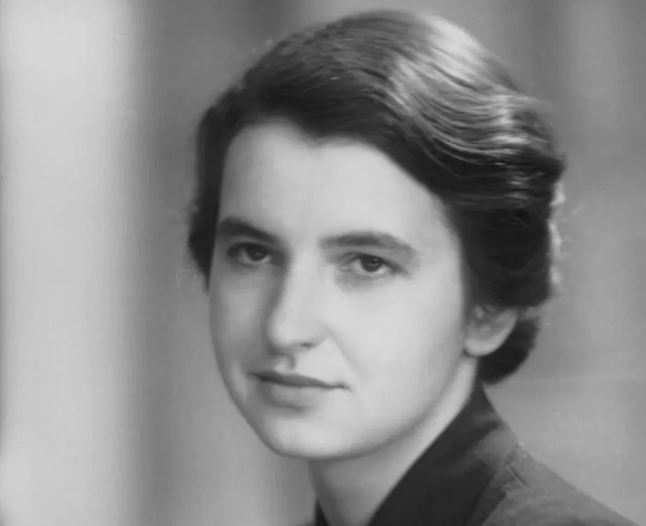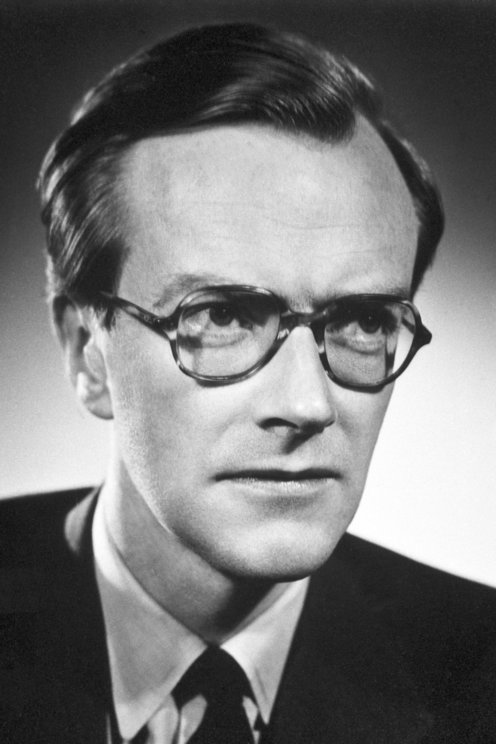 A brief note of mixed disgust and incredulity. Tasering a 95 year old woman suffering from dementia, slowly wandering around with a steak knife in one hand and holding onto a walking frame, in the early hours of the morning.
A brief note of mixed disgust and incredulity. Tasering a 95 year old woman suffering from dementia, slowly wandering around with a steak knife in one hand and holding onto a walking frame, in the early hours of the morning.
Who called the police? What training had this staff member had to relieve the demons circulating in this fragile lady’s failing mind.
Then we have a police force which cannot relieve the underlying anxiety of an old, confused lady sufficiently to take the knife away. God knows what was going through the old lady’s mind. God knows what was going through the police officer’s mind. Tasering the old lady twice – not once.
As I was writing this piece earlier this week, I expressed the view that the shame should move right to the top of the nursing home and the police. I still hold that view. I also still maintain the view that the Police Commissioner’s response was pathetic and her lack of empathy lamentable. I remember one of my old Professors, who said sometimes Jedburgh Justice was the best way. Hang them first; and then try them.
I had written more. However, now Mrs Nowland has died and serious charges have been laid against the police officer, with likely more to follow. Nothing more should be said other than policies, procedures and training in both nursing homes and for police responding to situations in these places need to be reviewed immediately – as should that of a Commissioner whose reaction in plain sight fails in so many ways. But that relates to a far wider problem of how such a person has reached the top braid.
In a Town in Nova Scotia
From the 1980s onwards, I have spent various periods in Canada; in fact I include Newfoundland in the places visited. Among the places I have been to in Canada was Sydney, Nova Scotia. There are a few places named Sydney around the world, including a whistle stop in North Dakota and across in Montana a bigger spot on the map called Sidney.
 However, I was curious to visit Sydney Nova Scotia. Why? Because it was there and I happened to be in Nova Scotia for some other reason. It was early April, bitterly cold, and the Atlantic Ocean on the shore was still frozen as if it were an ice sculpture. The first reminder that this province was still in winter emphasised by the “hairy” night time landing in Halifax en route. While I am not a white-knuckle flyer, there is something eerie about descending through a yellow stained cloud, and not seeing the ground until it appeared just before touchdown. The plane then sat on the tarmac; and we waited for about an hour before resuming the last leg to Sydney.
However, I was curious to visit Sydney Nova Scotia. Why? Because it was there and I happened to be in Nova Scotia for some other reason. It was early April, bitterly cold, and the Atlantic Ocean on the shore was still frozen as if it were an ice sculpture. The first reminder that this province was still in winter emphasised by the “hairy” night time landing in Halifax en route. While I am not a white-knuckle flyer, there is something eerie about descending through a yellow stained cloud, and not seeing the ground until it appeared just before touchdown. The plane then sat on the tarmac; and we waited for about an hour before resuming the last leg to Sydney.
Sydney was a very unprepossessing coal town on Cape Breton Island, tucked away on the Sydney River. The town was founded after the American War of Independence by Colonel Joseph DesBarres and named in honour of Thomas Townshend, 1st Viscount Sydney, who was then the Home Secretary in the British cabinet. Lord Sydney appointed DesBarres as lieutenant-governor of the new colony of Cape Breton Island. It was a busy time for Lord Sydney as, after the loss of the American colonies, there was a need to retain the Canadian loyalists and find another place to dump convicts. Sydney was a busy Boy. Nevertheless, after having the Cape Breton settlement named after himself, he also had the new settlement in New Holland named after him by Arthur Philip, the naval officer he sent to establish the convict settlement, and in what Philip descriptively named New South Wales.
DesBarres headed a group of loyalists and soldiers who set up the town of Sydney in the Spring. Amongst the first matter of business was to build a church for people and soldiers to pray in. British engineers from the 33rd Regiment of Foot, under Lieutenant-Colonel Yorke, with the help of masons, built the St George church. King George III supplied £500 in 1787 and DesBarres added Caen stone from ruins of the Fortress Louisbourg This finely cut stone was used specifically as “finish stones at the corners of the building and around the windows and doorway”. The building was completed in 1791. Somewhat different priorities to the Rum Corps.
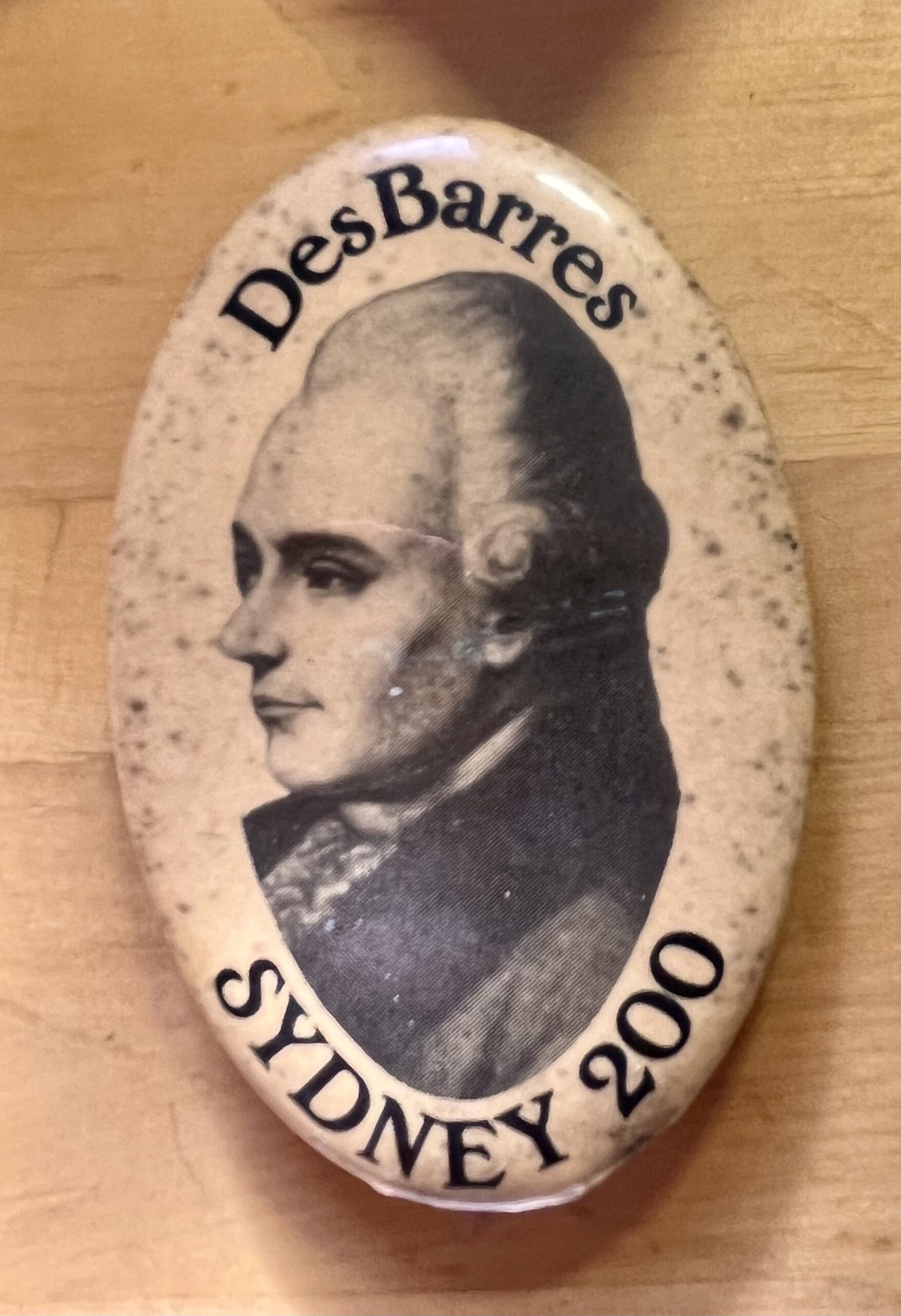 I was invited to meet the local council when they found I had come from Sydney Australia, and it being 1986, a year after their bicentenary, they showered me with the leftovers of the celebrations, bunting, souvenirs, including a tartan scarf which has long since been consumed by silverfish. The one reminder I still have is a plastic cameo brooch of DesBarres.
I was invited to meet the local council when they found I had come from Sydney Australia, and it being 1986, a year after their bicentenary, they showered me with the leftovers of the celebrations, bunting, souvenirs, including a tartan scarf which has long since been consumed by silverfish. The one reminder I still have is a plastic cameo brooch of DesBarres.
Cape Breton Island, beautiful even in mid autumn, concealed the fact that it had long been a coal mining area from the late 17th century when the original French colonists had discovered it and then it was continuously mined to the mid-1970s and episodically since, hence the description of Sydney as “Coaltown” – and the major reason for its current population of about 30,000. There have been desultory attempts to re-open the mines, and so-called “bootleg mining” since. When I was there, it was defining what would replace the traditional major industry.
Tourism is always one solution, and the Cabot trail around the Island showed the disparity of these fishing villages dotting the coast as one such attraction. There would be a predominantly Scottish village and then the next one an Acadian village. In the latter, the reaction to mention of the “Quebecquois” was somewhat amusing. One of these Acadian French dismissed them “nouveaux” – they even changed a perfectly good word “patates” to “pommes de terre”, he said. Unfortunately, it was too early for the traditional feasts of lobster and rock crab, but one cannot have it all.
When we landed, I noted an advertisement at the airport for Air Pierre. The French have a penchant for holding onto their colonial empire, having been early into North America unlike most of their acquisitions elsewhere In Africa and the South Pacific. The only remnant of their Northern American colonial possessions are two tiny islands in the St Lawrence, called St Pierre and Miquelon. When I was a child, I remember I had stamps from these places. The islands achieved notoriety during Prohibition, being a major centre for smuggling French grog, still wine, champagne, vermouth and other spirits into the United States. Unfortunately, I was not able to go there because the weather was foul and during my stay Air Pierre was grounded.
I intended to go to the Louisburg Fortress. The morning was cold and I woke with a very strange feeling of foreboding. I felt that my close friend Alister Brass had passed away. Before I had left Australia, I knew that Alister was very sick with AIDS. Nevertheless, there was no question that I thought he would not be alive when I got back to Australia. I went out to the Fortress, which had been built by the French, and was said to be worth visiting. It had been snowing, and the Fortress had been closed for winter. It was only when I got back to the hotel later that I received the news that Alister had died. Given the time difference, there were only hours between my premonition and his actual death. This coincidence or whatever has haunted me for the rest of my life. My poem to Alister published in a recent blog attests to this.
Berlin; Not Irving
I came across a couple of reviews of two recent books entitled Berlin: Life and Death in the City at the Center of the World and The Undercurrents: A Study of Berlin. I was there in 2002 to attend those International Conferences about the effect of technology on the quality of health care. You know, the normal talkfest, where the opening day is always well attended, the conference dinner is an opportunity to be photographed inevitably smiling with a glass of wine in one hand and the other hand, since the demise of the cigarette, a dangling appendage.

It also gave me the opportunity to see Berlin, 57 years after it had been reduced to rubble and being a city isolated from the West by being lodged in the middle of the Russian zone. The Russians with their year-long blockade of West Berlin failed in 1948-49; as did ultimately the Berlin Wall, even though it lasted for 28 years before it was pulled down.
The first book, written by Sinclair McKay, concentrates on the period from the end of WWI to 1989; the second, authored by Kirsty Bell, who has lived in Berlin since 2001, starts when she finds her new apartment has been built on “sandy, watery subsoil”. Berlin’s name is derived from brlo, a Slavic word for “swamp”.
When I visited, there was a surprising number of reminders of the “bad old days”, but the first impression – or at least the memory that has remained as one of the first places where I had something to eat and drink coffee – was in the Tiergarten Park, which covers over 200 hectares un the centre of Berlin. It was a sunny day when I lunched under the shades of trees. Contrast with the comment made in Berlin that at the end of WWII, only 700 trees of a pre-war estimate of 200,000 remained. Given the destruction and the failure of the Communist DDR to do much in the way of renovation of the city, by 2002 the whole city was returning to its mixture of the stylish and the tawdry.
 One of those was Christopher Isherwood, who wrote Goodbye to Berlin, the underlying libretto for Cabaret. Isherwood lived in Berlin between 1929 and 1933, and I went to visit where he lived in Nollendorfstrasse 17, now a Turkish district alongside advertisements for sado-masochistic “entertainment” clubs.
One of those was Christopher Isherwood, who wrote Goodbye to Berlin, the underlying libretto for Cabaret. Isherwood lived in Berlin between 1929 and 1933, and I went to visit where he lived in Nollendorfstrasse 17, now a Turkish district alongside advertisements for sado-masochistic “entertainment” clubs.
My visit coincided with the FIFA Cup in 2002, when Turkey was being very successful reaching the semi-finals before being beaten by Brazil, and then winning the playoff for third place against South Korea. It was one of the successes during this period when the streets of Berlin were smothered in celebrating Turks and its national red flags with the white crescent being waved everywhere. The Turks constitute seven per cent of the Berlin population.
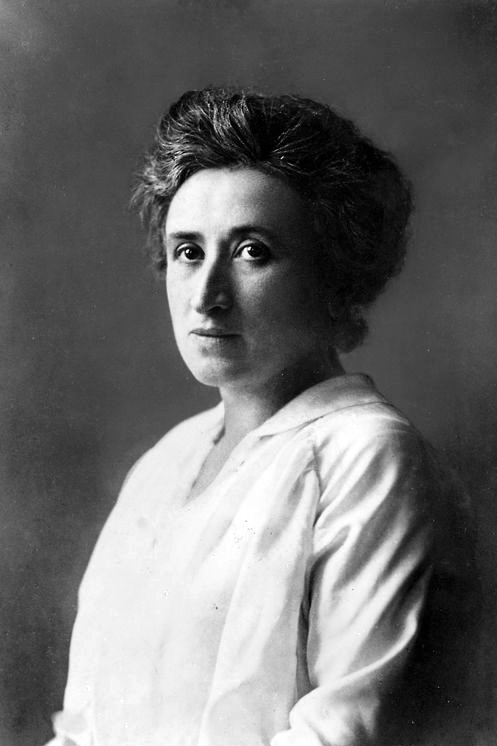
The other person whose tumultuous life I associated with Berlin was the Polish-born Rosa Luxemburg, whose inherent strength in her beliefs, although being a communist and being a founder of the Spartacist Group, was a genuine believer in a better world, one of the women I have always admired. She believed in democracy in the face of the Russian Soviet. She was murdered by members of the Freicorp, precursor to the Nazis. Apparently, according to Kirsty Bell, on the bank of the Landwehr Canal there is a bronze plaque where her body was recovered from the canal – a somewhat macabre memento mori. I was unaware of this. Otherwise, I would have paid my respects.
The River Spree runs through Berlin and, as with the Brandenburg gate, it is a divide between the West and East sides of Berlin. But the most striking reminder was the remnant of the Berlin wall, and alongside the remains of the Gestapo headquarters, with its subterranean horror show of the Nazi inhumanity. Holocaust is the common word to describe this whole dark period, which has left an indelible stain on those of us who were born into that era, but thankfully in a far-off country.
When you emerge into the summer light, it is not refreshing, rather a sense of concentrated disbelief. I take a deep breath and turn towards an adjacent handsome building. This is Gropius-Brau, its classical Italianate style, (reminiscent of a signature building designed by my great-uncle in Melbourne when it was awash with gold), so popular in the late 19th century. Unlike many other buildings it had been restored because it was still pockmarked by bullets. Yet it had survived, been renovated and was still in use. I remember there was a post office in the building, which is now an exhibition centre. Martin Gropius was the architect, and he was uncle to the much more famous, Waler Gropius, who was one of the founders of the Bauhaus movement, so influential in the modernisation of architecture of which his uncle was so adept at designing in Classical style.
Crossing into the former East Berlin was a more emotional experience, and Berlin must have more museums and galleries than in any city of similar size – as the blurb put it: Berlin is one of the coolest destinations in Europe. With 300 art galleries, 170 museums, 3 opera houses, and 150 theatres. Museum Island with its plethora of museums needed more than the few days I had to spare. On and on, wandering through this formidable city.
The problem with visiting Berlin and getting a flavour of what has seen the very basest and very highest of human endeavour takes more time than I had. I have always intended to go back – but never have.
Pity. I’ll read these books.
The Bulk Billing Epic or the Mystery of how much Deloittes Received – Not Earned
Seven months ago, the SMH headlines shouted “Revealed: $8b Medicare scandal”. The accompanying editorial stated baldly: “Nearly four decades later, the concept of universal healthcare in Australia is at serious risk. Medicare – the bedrock of Australia’s health system and a core element of this country’s social fabric – is sick, and could soon be placed on life support.”.
This investigative report elicited a response from the Federal Government in commissioning an Independent Review of Medicare Integrity and Compliance by Pradeep Philip, a former health bureaucrat with economic degrees and now working in the lucrative field of consulting.
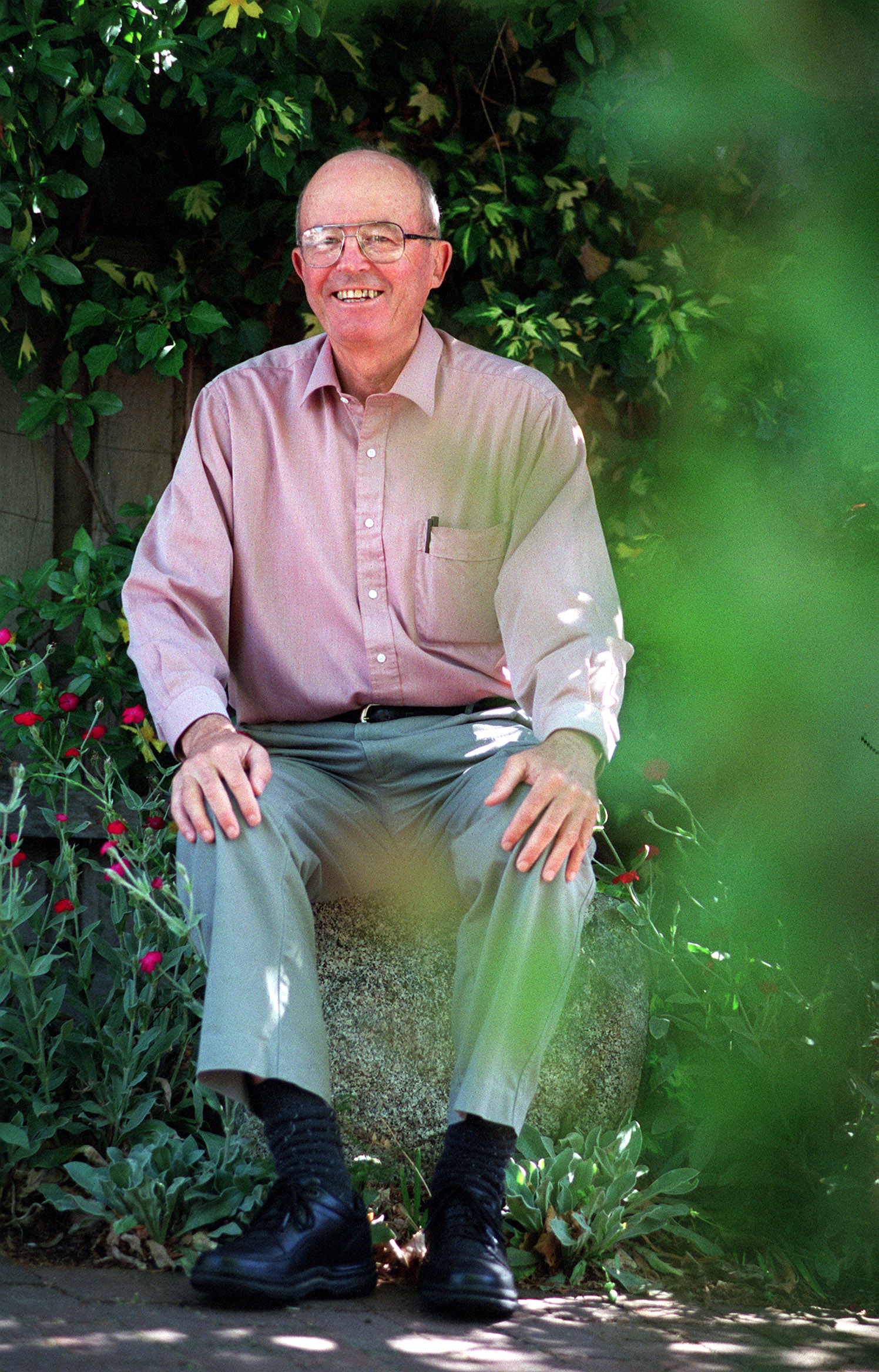
Philip would have been a knowledgeable bystander if not directly complicit in the cost shifting that the States have employed in undermining Medicare. The States were assigned certain responsibility under health agreements, but then became bureaucratic buccaneers in looting Medicare – euphemistically called cost shifting, the ruthless privatisation of their public hospital outpatient clinics. His Report does not help; it is poorly organised and thus embodies the criticism of consultants “that they only read the commissioning agent’s watch”.
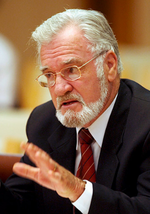
The only concrete fact of relevance is that all the allegations of overuse and fraud are not backed by data. As one critic has said of his comment “While simplification and system changes are required as articulated in this review, there must also be a commitment by all stakeholders to change which will bolster the integrity and compliance of the MBS”, how can there be commitment to change in the absence of detail.
And what was behind Philip’s lavish praise of Dr Faux on the first page of his Review, when later the Report discounts her allegations, which were allegedly the reason behind this whole boondoggle.
After all, the previous Government had made a huge financial commitment in Bruce Robinson’s interminably Tolstoyesque Inquiry, which seems to have elicited a few changes around the edges of Medicare; and has been seemingly downplayed by the incoming government.
The government is concentrated on the apparent dearth of general practitioners, both absolute and relative. Hence, its fiddling with patient benefits for general practitioner care, including setting the benefit at 100 per cent, which destroys one important incentive built into Medicare, is destined for failure as an incentive.
The fault in medical training starts with the entry requirements, which has incidentally occurred with the feminisation of the work force. At the same time, the universities seem to have forgotten that the prime aim of the medical course is to turn out practising doctors and not researchers. The obsession for a primary science science degree so that graduates graduate with a sham post-graduate degree, a so-called “Doctor of Medicine” coupled with filling up the course with mature age students does not help. Added to that is the importation of a raft of overseas medical graduates which provides a toxic brew if the aim is to get a useful relevant graduate medical workforce.
Women make very good doctors. There is no doubt of that. I have watched the increase in female medical graduates, and I have perceived even at firsthand the difficulties the female medical graduate has in controlling the domestic scene as well as pregnancy. The problem is that the first leads to limited hours of practice and the second to time out of practice.
When my first wife was pregnant, she had to give up working as an hospital intern at three months, and even though in those days registration meant that one could practice immediately after graduation – it severely constrained her ability to work. Even though the prejudices of the 1960s have by and large gone and child minding is now considered an acceptable adjunct to family life, it means that instead of a commitment to a practice where patient treatment is the centre point, the centre point is now being able to balance home and career (so-called lifestyle). In other words, there is now an income and lifestyle target to be reached rather than a medical workforce being available to cover the national community health requirement 24/7 (excluding fully-staffed hospitals).
This lifestyle then results in male medical graduates expecting to enjoy a similar lifestyle (why not?). Coupled with the demise of the single doctor practice and the added effects of corporatisation of medical practice, the effective pool of medical practitioners has reduced, especially to those “perceived hardship posts”. Nobody gets paid for administration of a practice and the worries of running a business when the doctor also has a home to run. Hence the “progress” of changes in medicine where practices initially being run by entrepreneurial doctors, eventually succumb to the incursion of corporatised medicine, then the hedge fund that views health care as just another commodity, where profit is largely dependent on how much can be extracted from Medicare and how much can the employees be squeezed. Medicare is one of the open-ended government schemes limited by the value of the patient benefits, once very succulent but now, in reality, its total available funding is constrained by having to share with the NDIS (itself not immune from rorts that are now being systematically uncovered).
 The problem is that leadership is lacking among the medical profession. I have tried to provide that leadership, but I have failed in the transferability factor of my expertise. I have banged on for decades about the challenges faced in rural regions – social dislocation, professional isolation, community tolerance and succession planning. These are challenges, even before money enters the consideration. To his everlasting credit, Chris Brook gave me my head in instituting a successful Victorian program – The Murray to Mountains Intern Training Program. Luckily, I had a great number of people associated in this program, who supported me, because I may have been the leader but never the boss of the program. This executive responsibility resided with a group of innovative rural health service chief executive officers, whom I was luckily to work for, plus one Shane Boyer. They should be listened to by the Minister.
The problem is that leadership is lacking among the medical profession. I have tried to provide that leadership, but I have failed in the transferability factor of my expertise. I have banged on for decades about the challenges faced in rural regions – social dislocation, professional isolation, community tolerance and succession planning. These are challenges, even before money enters the consideration. To his everlasting credit, Chris Brook gave me my head in instituting a successful Victorian program – The Murray to Mountains Intern Training Program. Luckily, I had a great number of people associated in this program, who supported me, because I may have been the leader but never the boss of the program. This executive responsibility resided with a group of innovative rural health service chief executive officers, whom I was luckily to work for, plus one Shane Boyer. They should be listened to by the Minister.
The problem is that there is also no national leadership in this area. An opportunity indeed lost.
Was that Metternich who flashed by on the RAAF plane?

It is estimated that Australian taxpayers chipped in at least a million bucks to support the bid of former Liberal finance minister, Mathias Cormann, to become Secretary-General of the Paris-based Organisation for Economic Cooperation and Development. Judith Sloan in The Spectator
As the solemn group of important people trundled up to the Hiroshima Monument – these very important leaders of the Western World bearing wreaths – I espied on the wing position, a familiar figure. It was Mathias Cormann.
No longer one of Julie Bishop’s “swinging dicks”, no longer a cigar chomping accomplice of Joe Hockey in the construction of one of the most heartless Federal Budgets ever, no longer the unsmiling host of Prime Minister Morrison at a football match in Perth where the whole crowd booed them mercilessly, not the architect of the near obliteration of the Western Australian Liberal Party, and finally not forgetting his $23,000 jaunt to Broome in 2017.
No, this is the New Mathias Cormann, Secretary-General of the OECD, now a centrist Bureaucrat. He is seen “hob-nobbing” with everybody that he can possibly rope in for a photo opportunity. Given that the Australian Government underwriting him to traipse around the OECD countries in an ultimately successful attempt to escape the Morrison Titanic, he seemed to have thrived. Not for him the sleaze of the ex-politician misusing his former professional life to provide a luxury living. No, this is Mathias Cormann, the confidante of the Heads of State, a bon viveur fluent in at least four languages, now far away from the opprobrium of his former political life. He should rest secure in the knowledge that his deeply unpopular predecessor was in the post for fifteen years.
Mathias holds this notable hardship post with a tax-free salary of about Euros 250,000 annually plus a bagatelle of meagre benefits, such as 30 days annual leave, plus French public holidays and the one week the organisation closes each year. He is reported to have a grace-and-favour apartment, said to be relatively modest, where his wife and two daughters have just joined him for the initial five-year stint. I am sure Cormann with his track record of frugality has redefined “modest”.
But there seem to be no photos of him with Prime Minister Albanese. Listening to Cormann, with the polished accented voice re-iterating the deep meaning of life in honed cliches, our Prime Minister should be proud. I thus was surprised that these notables had not sought one another out for a “yak”. But there seems to be no record of them meeting at the recent G7 meeting. Have I missed something on the Crowded Sidelines of this Conference? Or is Cormann worried that the Prime Minister is going to serve him with an invoice for his Election Campaign payable in 30 days – heavens no, nor will he be served with an inaugural subpoena to appear before the newly formed National Anti– Corruption Commission (NACC), surely. Now when will the two meet – or not?
Mouse Whisper
You know, we mice when we meet, are called a nest; but rats are called a mischief or a plague. I, being a solitary nest, recently have had to share space in the house with this family of ring-tailed possums, whom I see through the window climbing down the bars from their drey in the roof to go nightclubbing in the nearby pittosporum. Three pairs of red eyes momentarily peering through the window – jill possum and her two joeys. The jack possum not surprisingly is nowhere around; so not sure whether she is getting the single jill possum allowance. The collective noun for ringtail possums? No, not an Edna but a Nesting – in general possums in a group are called a passel.


 I worked with the Pharmacy Guild for a period when it was trying to burnish its image. At that time there were still pharmacies that sold cigarettes; and the aim was to emphasise that the community pharmacist was a health professional and not a shopkeeper who had an incidental function to dispense medicines with profits underwritten by Government. Some were saying “Why set up the University courses when the major function of the community pharmacist is to sell cosmetics and soft toys?”
I worked with the Pharmacy Guild for a period when it was trying to burnish its image. At that time there were still pharmacies that sold cigarettes; and the aim was to emphasise that the community pharmacist was a health professional and not a shopkeeper who had an incidental function to dispense medicines with profits underwritten by Government. Some were saying “Why set up the University courses when the major function of the community pharmacist is to sell cosmetics and soft toys?” 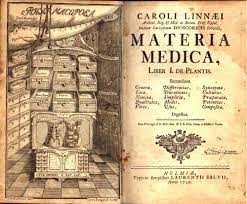


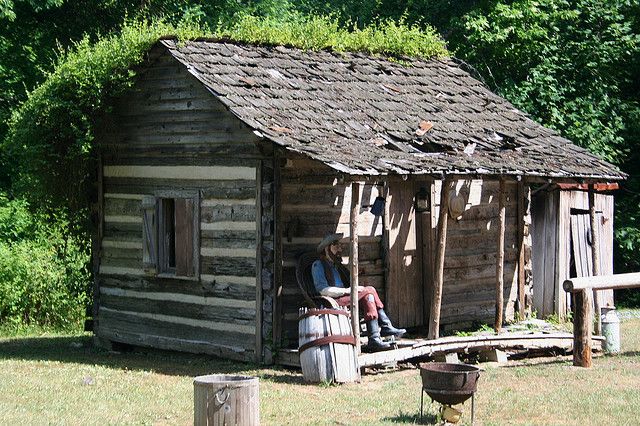 The man had raised his shotgun and pointed it at us. Like a comic strip villain, he cackled. Like the comic strip villain, he fired. Red flashes of “Bam, Bam, Bam, Bam” before our eyes. Egrets rose around the cabin. A duck with a brown-feathered breast fell dead on the roof of our car. This was not my kind of comic strip. We scurried back in the car. The duck had slipped to the side of the road. The man with the shotgun was laughing – a huge hole of mouth and crinkled eyes. There was the last comic cartouche, as my character at the wheel of the car let out a frustrated maledicta of quimps, jarns, nittles and grawlixes as the car was slow to start.
The man had raised his shotgun and pointed it at us. Like a comic strip villain, he cackled. Like the comic strip villain, he fired. Red flashes of “Bam, Bam, Bam, Bam” before our eyes. Egrets rose around the cabin. A duck with a brown-feathered breast fell dead on the roof of our car. This was not my kind of comic strip. We scurried back in the car. The duck had slipped to the side of the road. The man with the shotgun was laughing – a huge hole of mouth and crinkled eyes. There was the last comic cartouche, as my character at the wheel of the car let out a frustrated maledicta of quimps, jarns, nittles and grawlixes as the car was slow to start.
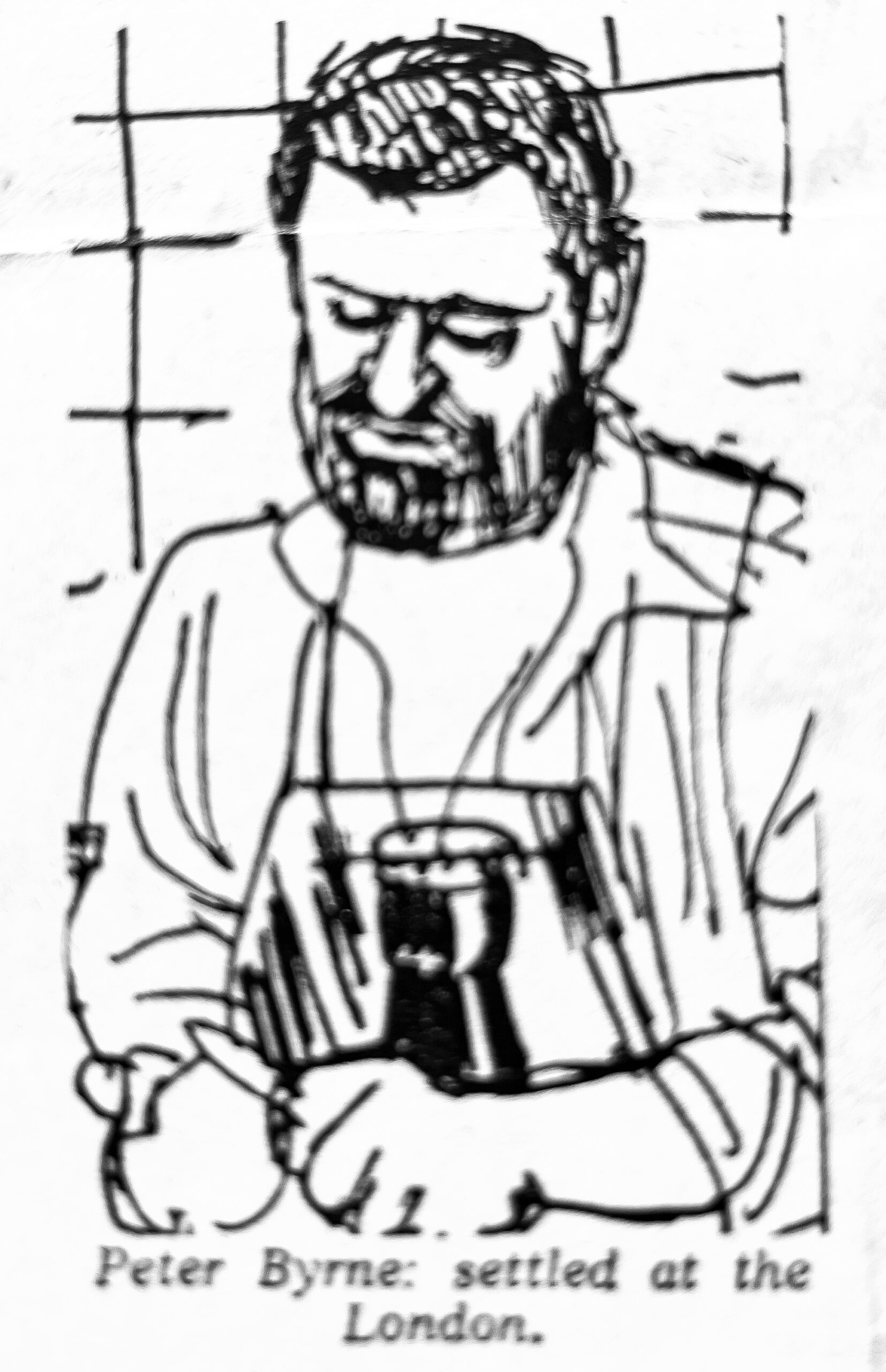 Peter Byrne was the quintessential Australian with an Irish heritage and a strong Labor Party affiliation. He had worked for the leader of the Victorian Labor Party, Clyde Holding. Holding was the silent partner in Waldron’s restaurant. Waldron’s was a restaurant in Bridge Road Richmond, and close to where I then lived. This night a party of four of us for some reason went to dine there. It was the late seventies and it was a BYO restaurant. There was only one other couple in an otherwise empty converted shopfront restaurant. The other couple I recognised as being Claude Forell and his wife. Claude Forell was the food writer for The Age newspaper (and later foundation editor of The Good Food Guide). He was there as the anonymous food writer. We recognised each other, and in short, the night was hilarious, the wine flowed, the food was excellent. Byrne joined in with his wife after he finished cooking. Rhonda was as cool as Peter was pugnacious. The end result was that Forell lavished the evening with praise, particularly the food, in his Age column, and the restaurant took off – from being empty it became full every night.
Peter Byrne was the quintessential Australian with an Irish heritage and a strong Labor Party affiliation. He had worked for the leader of the Victorian Labor Party, Clyde Holding. Holding was the silent partner in Waldron’s restaurant. Waldron’s was a restaurant in Bridge Road Richmond, and close to where I then lived. This night a party of four of us for some reason went to dine there. It was the late seventies and it was a BYO restaurant. There was only one other couple in an otherwise empty converted shopfront restaurant. The other couple I recognised as being Claude Forell and his wife. Claude Forell was the food writer for The Age newspaper (and later foundation editor of The Good Food Guide). He was there as the anonymous food writer. We recognised each other, and in short, the night was hilarious, the wine flowed, the food was excellent. Byrne joined in with his wife after he finished cooking. Rhonda was as cool as Peter was pugnacious. The end result was that Forell lavished the evening with praise, particularly the food, in his Age column, and the restaurant took off – from being empty it became full every night.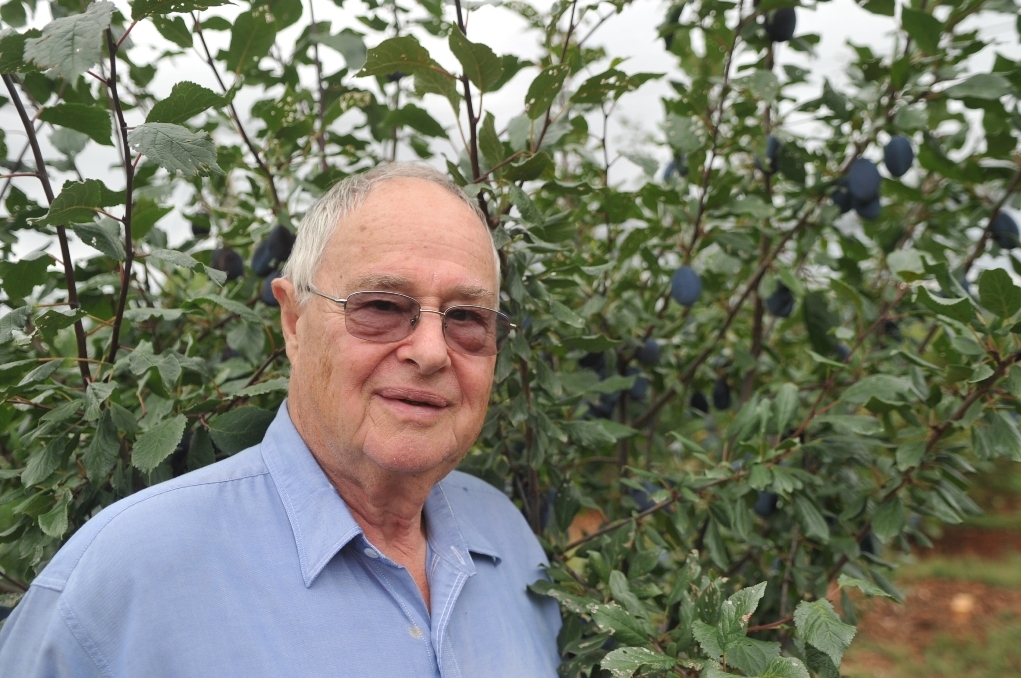
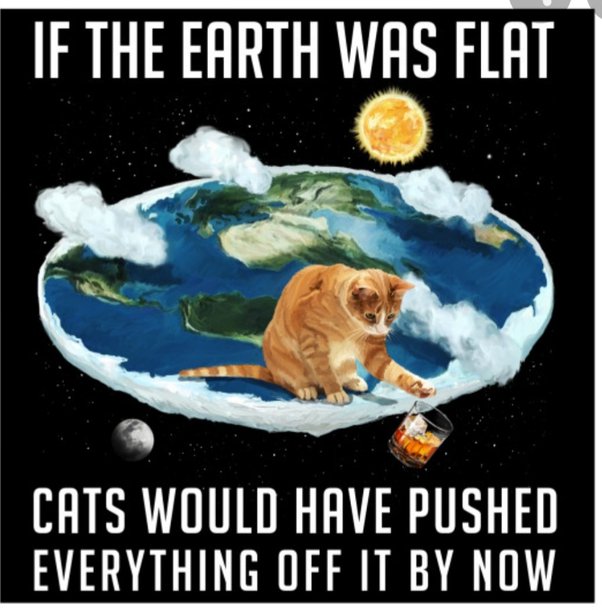
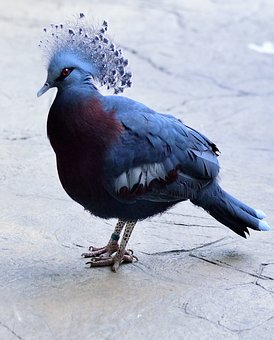
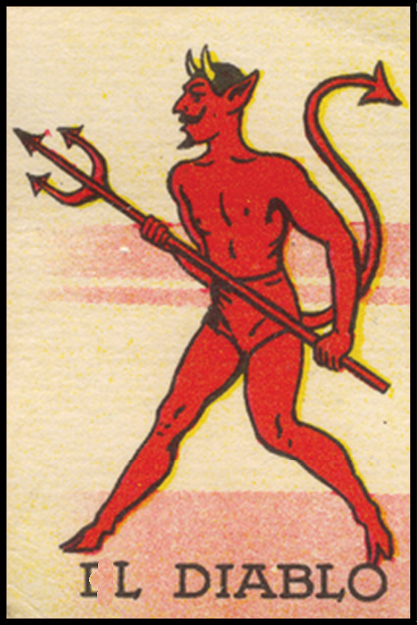
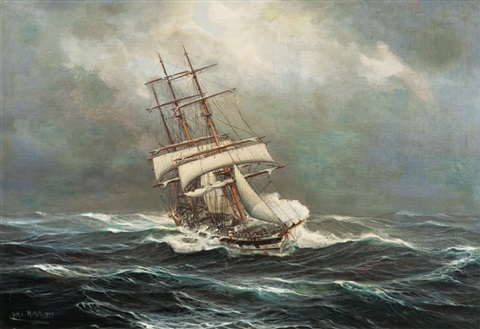 Listening to John Masefield, even though he was very elderly at the time, reciting his poem “Sea Fever”, there may be some who say that Masefield gently acknowledged the difference between the two, as there are both words with “wh” and “w” in the poem. Yet his pronunciation is hardly convincing if one is trying to discern a difference in pronunciation.
Listening to John Masefield, even though he was very elderly at the time, reciting his poem “Sea Fever”, there may be some who say that Masefield gently acknowledged the difference between the two, as there are both words with “wh” and “w” in the poem. Yet his pronunciation is hardly convincing if one is trying to discern a difference in pronunciation.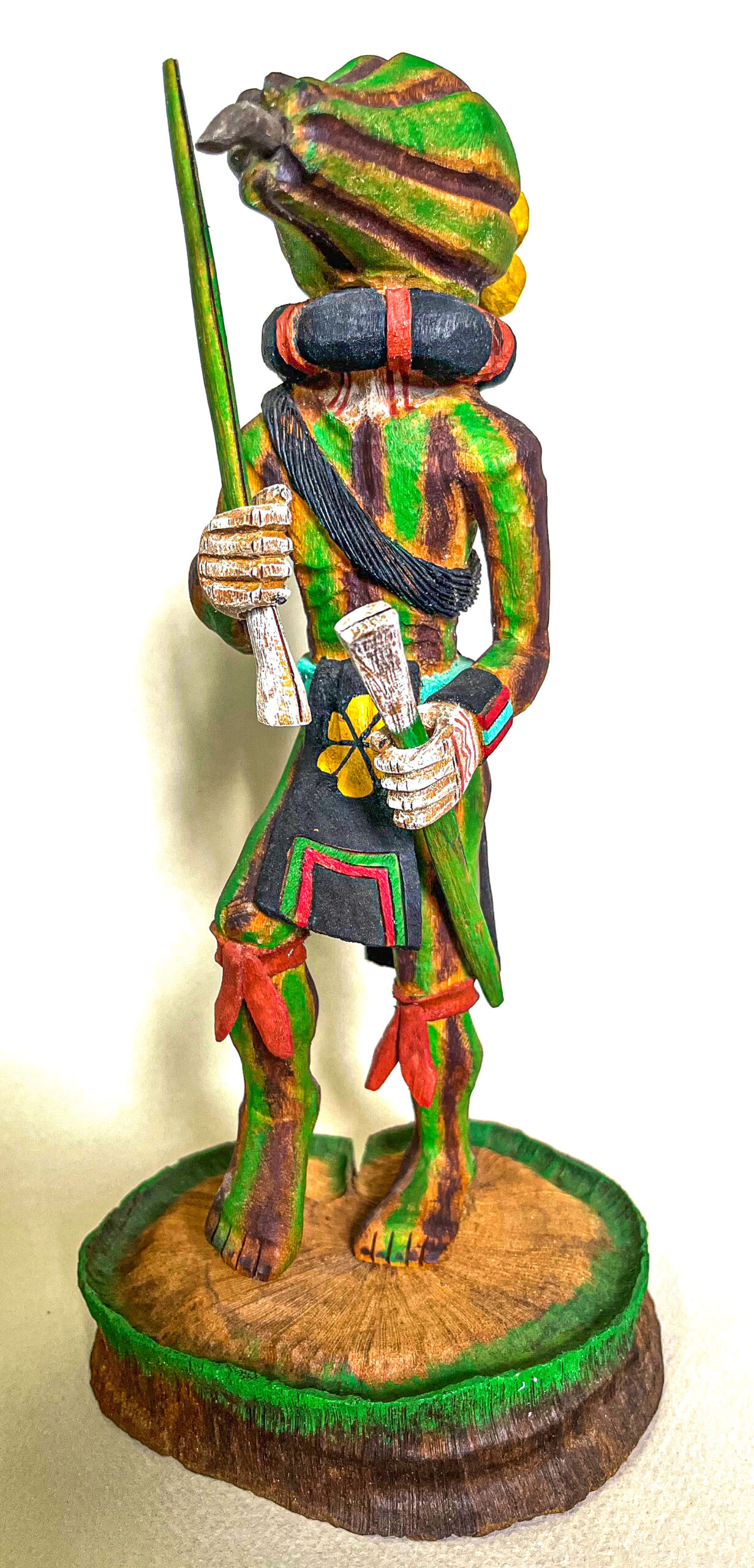 I have always wanted the one called Melonhead, and I saw one in a store in Taos. I prevaricated and after thinking overnight about purchasing, I decide to buy it. The store did not open, belying the sign on the door. Bugger! We had to leave as we had to get back to Santa Fe. Some years later, we purchased one on eBay – a Melonhead. When it arrived, it was not the best carved example, and certainly not of the same standard as the one we left behind, but it was colourful and adequate. Anyway, we love it.
I have always wanted the one called Melonhead, and I saw one in a store in Taos. I prevaricated and after thinking overnight about purchasing, I decide to buy it. The store did not open, belying the sign on the door. Bugger! We had to leave as we had to get back to Santa Fe. Some years later, we purchased one on eBay – a Melonhead. When it arrived, it was not the best carved example, and certainly not of the same standard as the one we left behind, but it was colourful and adequate. Anyway, we love it.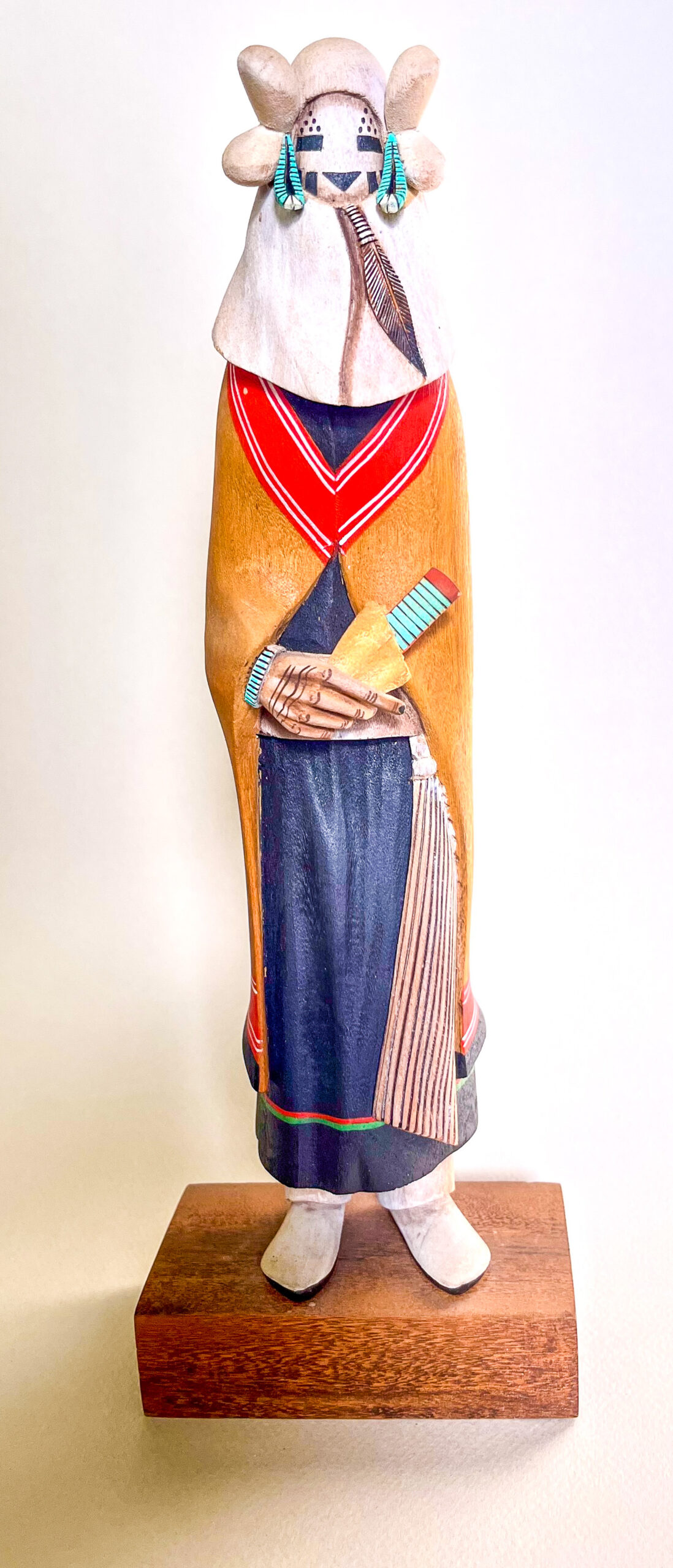 My other favourite is the Snow Maiden, which is a demure, simple, yet captivating figure which, unlike so many kachinas, has a recognisable human visage, because these dolls are the acme of a people who expressed their animism in the form of these cottonwood figurines. The carving exhibits varying degrees of complexity, but it is an art of carvers with some inherent quasi-religious licence.
My other favourite is the Snow Maiden, which is a demure, simple, yet captivating figure which, unlike so many kachinas, has a recognisable human visage, because these dolls are the acme of a people who expressed their animism in the form of these cottonwood figurines. The carving exhibits varying degrees of complexity, but it is an art of carvers with some inherent quasi-religious licence.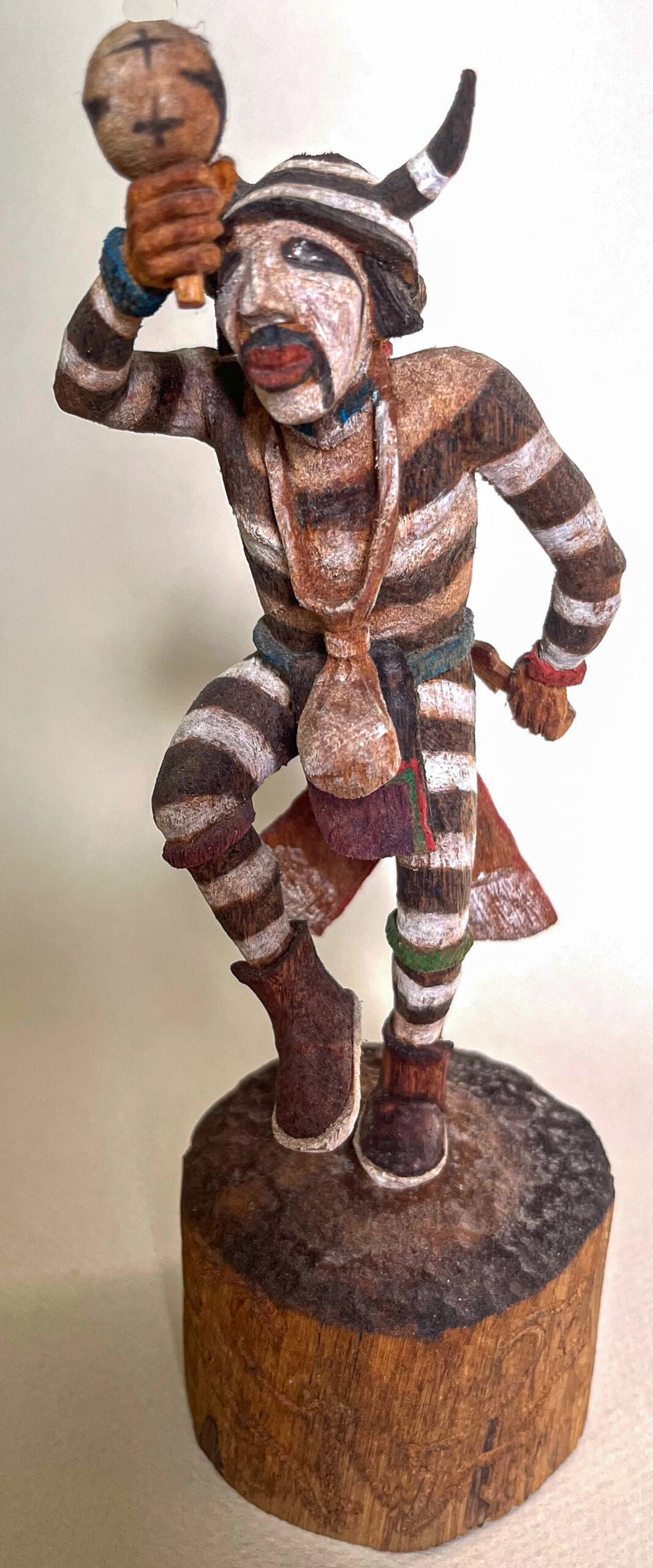 Kachinas are a reminder of a race of people with this particular way of expressing its belief system, just like Australia’s Aboriginal people have a unique way of expression given that they both have an oral tradition. Frank Waters wrote in The Book of the Hopi that the Hopis “regard themselves as the first inhabitants of America. Their village of Oraibi is indisputably the oldest continuously occupied settlement in the United States”. Oh, I haven’t mentioned the Clown Kachinas, but the Clown is ubiquitous in most cultures. Is there a clown in Australian Aboriginal culture; if not, why not?
Kachinas are a reminder of a race of people with this particular way of expressing its belief system, just like Australia’s Aboriginal people have a unique way of expression given that they both have an oral tradition. Frank Waters wrote in The Book of the Hopi that the Hopis “regard themselves as the first inhabitants of America. Their village of Oraibi is indisputably the oldest continuously occupied settlement in the United States”. Oh, I haven’t mentioned the Clown Kachinas, but the Clown is ubiquitous in most cultures. Is there a clown in Australian Aboriginal culture; if not, why not?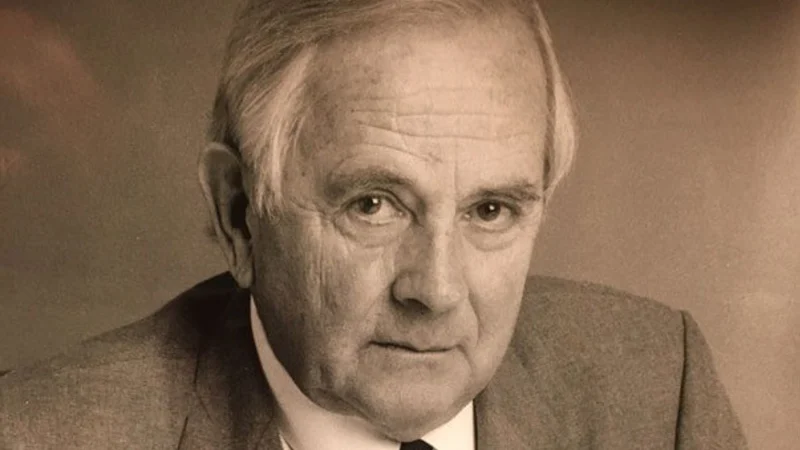
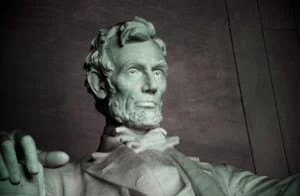 So, with the encouragement of a large number of people, I wrote up this rare case study. I was not a genius; it was others who generously allowed me to be the single author. I tried to find out whether there was incidentally any history of Marfan’s syndrome in her family. In shorthand, if I say Marfan’s syndrome, think of Abraham Lincoln with his tall thin stature, long fingers, high arched palate, problem with the eye lens, and of course, since the syndrome encompasses a suite of connective tissue disorders, the prospect of dissection of the aorta, but not as in this very rare case – dissection of the pulmonary artery.
So, with the encouragement of a large number of people, I wrote up this rare case study. I was not a genius; it was others who generously allowed me to be the single author. I tried to find out whether there was incidentally any history of Marfan’s syndrome in her family. In shorthand, if I say Marfan’s syndrome, think of Abraham Lincoln with his tall thin stature, long fingers, high arched palate, problem with the eye lens, and of course, since the syndrome encompasses a suite of connective tissue disorders, the prospect of dissection of the aorta, but not as in this very rare case – dissection of the pulmonary artery.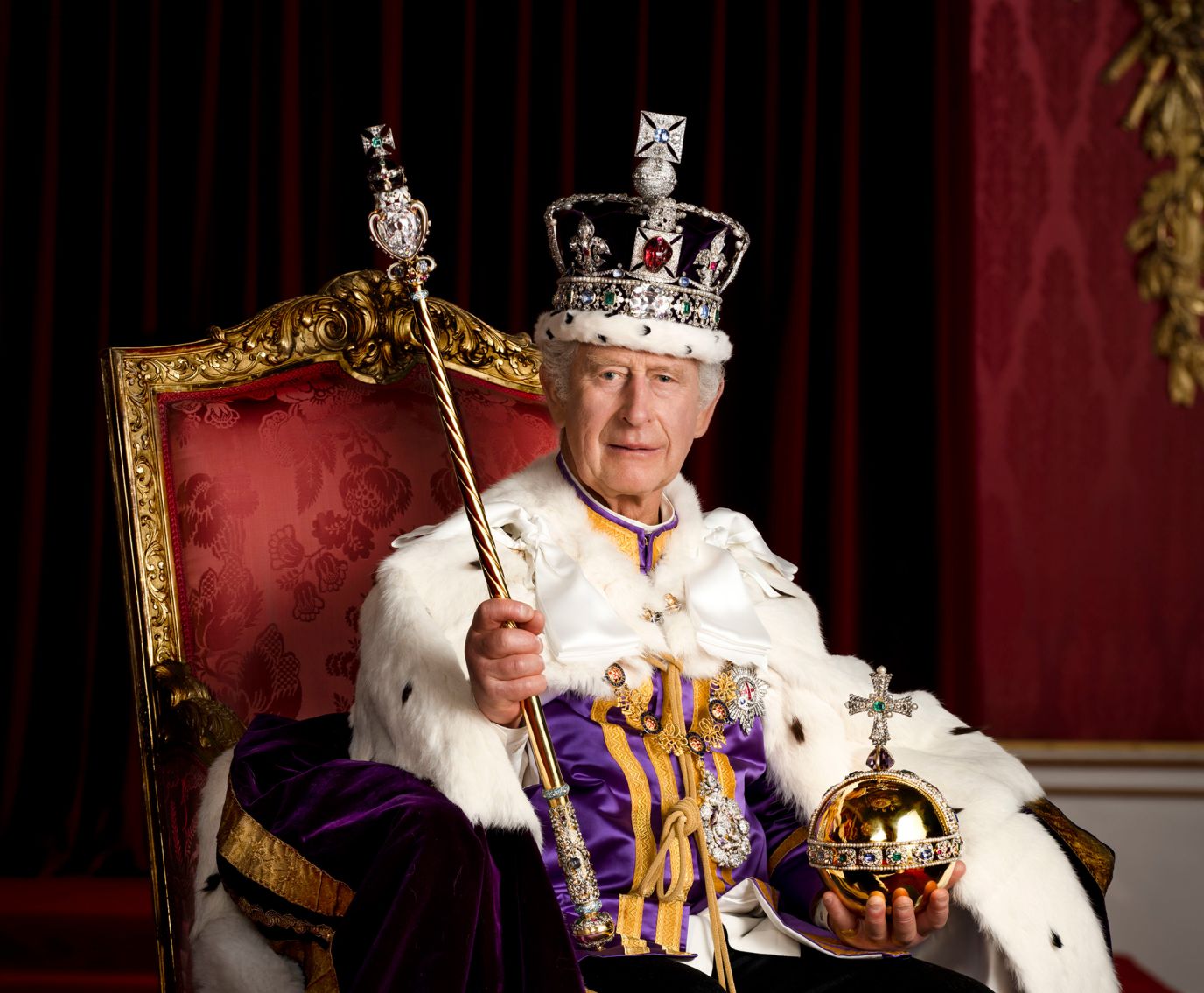 This was the chance of the newly anointed King had to call Harry up to his throne and with William show that he loved his sons equally, and invite the two to embrace and repeat the words of Christ in this regard. This was the chance to show forgiveness, to show his generosity of spirit.
This was the chance of the newly anointed King had to call Harry up to his throne and with William show that he loved his sons equally, and invite the two to embrace and repeat the words of Christ in this regard. This was the chance to show forgiveness, to show his generosity of spirit.
 The difficulty with those who lead and do it so publicly, as Keating did, is that the electorate has limited tolerance, manifested as the “tall poppy syndrome”. First used in the last century, it refers to the habit of one of the Kings of Rome, Tarquinius Superbus, of hacking the heads off his subjects when they emerged too much above the Parapet of Achievement.
The difficulty with those who lead and do it so publicly, as Keating did, is that the electorate has limited tolerance, manifested as the “tall poppy syndrome”. First used in the last century, it refers to the habit of one of the Kings of Rome, Tarquinius Superbus, of hacking the heads off his subjects when they emerged too much above the Parapet of Achievement.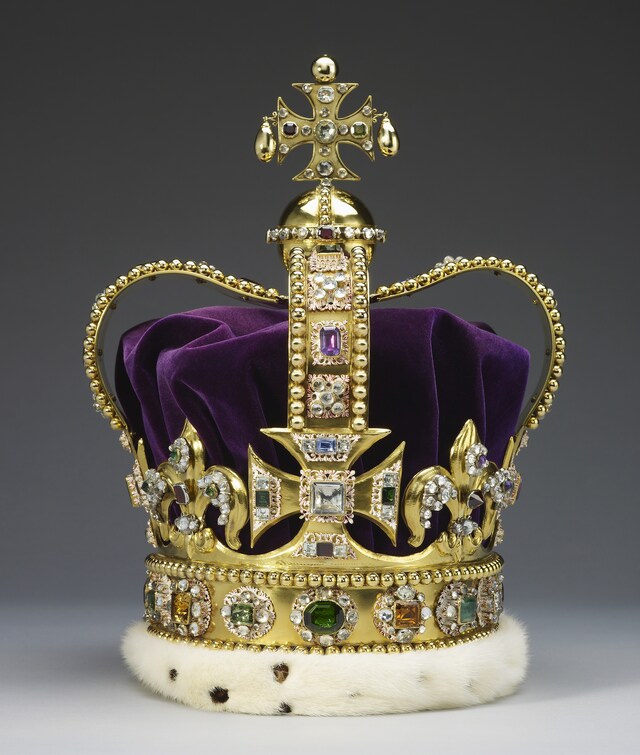
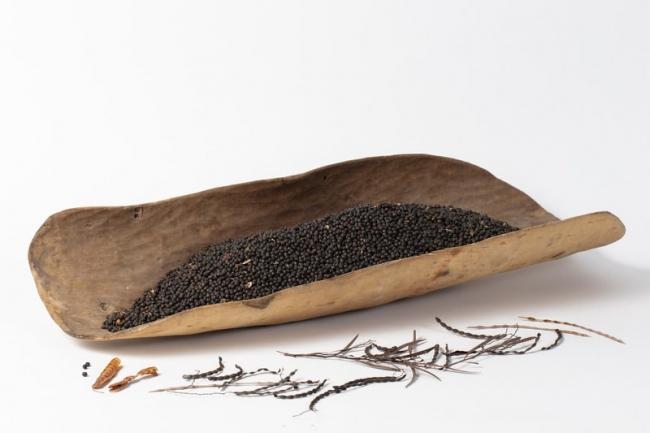 I remember in Moorhouse’s book about the Burke and Wills expedition, “Coopers Creek”, a reference made to nardoo – seeds from a fern which the local Aboriginal people ground to form a type of primitive paste. However, there are some who say that nardoo is in fact toxic if improperly prepared, causing beri-beri, because it contains the enzyme thiaminase which destroys vitamin B1. There was never a bread industry, which is exemplified by the images in this latest documentary, which shows the grinding of seeds in a coolamon but never any resultant bread.
I remember in Moorhouse’s book about the Burke and Wills expedition, “Coopers Creek”, a reference made to nardoo – seeds from a fern which the local Aboriginal people ground to form a type of primitive paste. However, there are some who say that nardoo is in fact toxic if improperly prepared, causing beri-beri, because it contains the enzyme thiaminase which destroys vitamin B1. There was never a bread industry, which is exemplified by the images in this latest documentary, which shows the grinding of seeds in a coolamon but never any resultant bread.
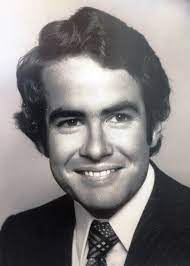
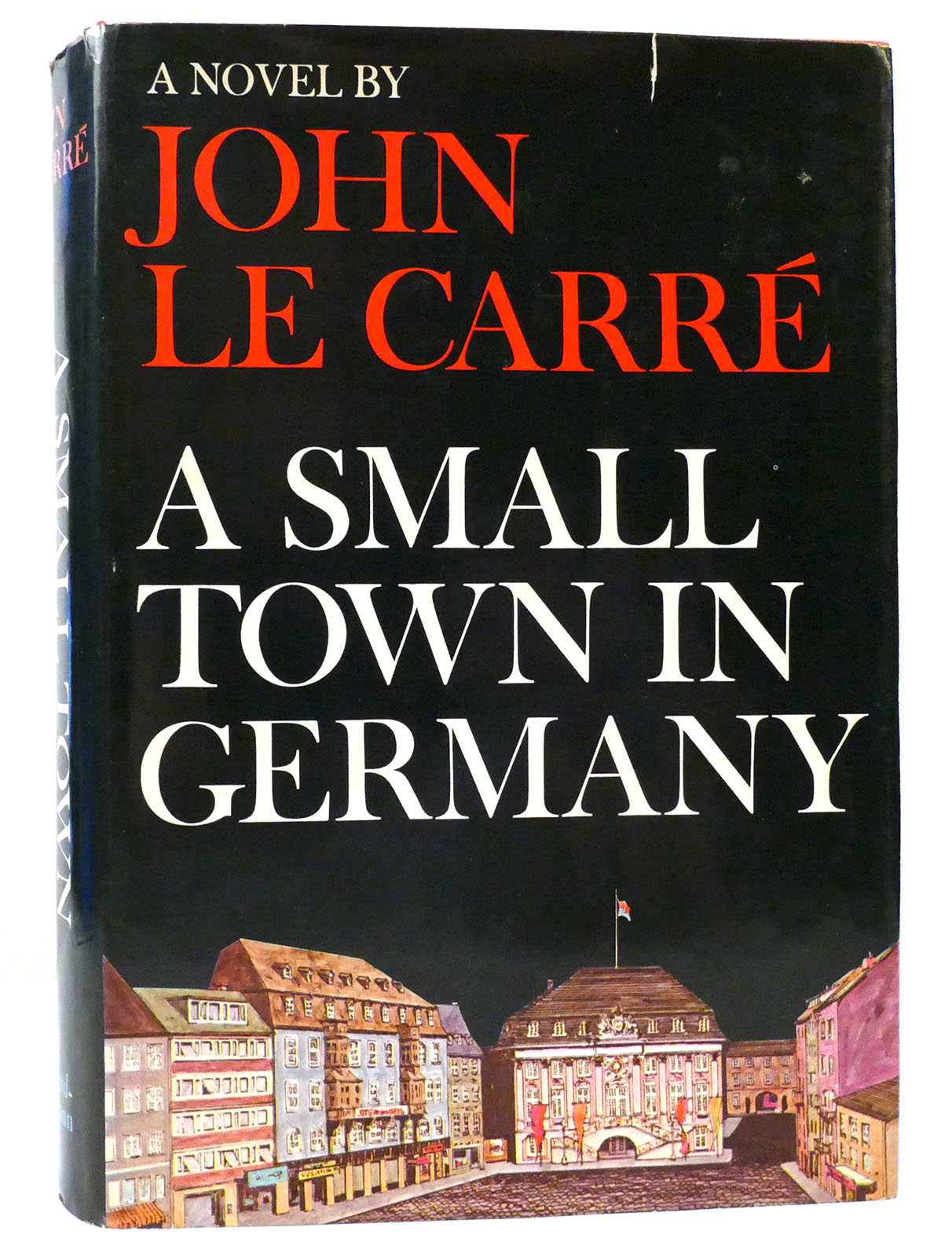 I’m reading A Small Town in Germany – one of the many spy novels written by John Le Carré, first published in 1968 at the height of the Cold War. Le Carré was in himself a man who worked in the spy industry, and his writing reflects the details which is a perfect definition of the tedium of the job. I have never been a devotee of Le Carré, although I recognise the perfect encapsulation of a group of mostly men, inured to deception and conspiracy.
I’m reading A Small Town in Germany – one of the many spy novels written by John Le Carré, first published in 1968 at the height of the Cold War. Le Carré was in himself a man who worked in the spy industry, and his writing reflects the details which is a perfect definition of the tedium of the job. I have never been a devotee of Le Carré, although I recognise the perfect encapsulation of a group of mostly men, inured to deception and conspiracy.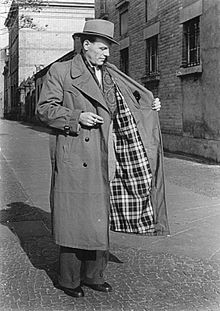 I thought about wandering into the world of espionage, and as I was to find out, Trinity College was a recruiting ground for ASIO. There was a particular night when a former senior student, who was “in his cups” gave a hilarious rendition of his life within ASIO, but we were all also in varying degrees of intoxication, and thus the next morning only the memory of this very engaging night remained.
I thought about wandering into the world of espionage, and as I was to find out, Trinity College was a recruiting ground for ASIO. There was a particular night when a former senior student, who was “in his cups” gave a hilarious rendition of his life within ASIO, but we were all also in varying degrees of intoxication, and thus the next morning only the memory of this very engaging night remained.